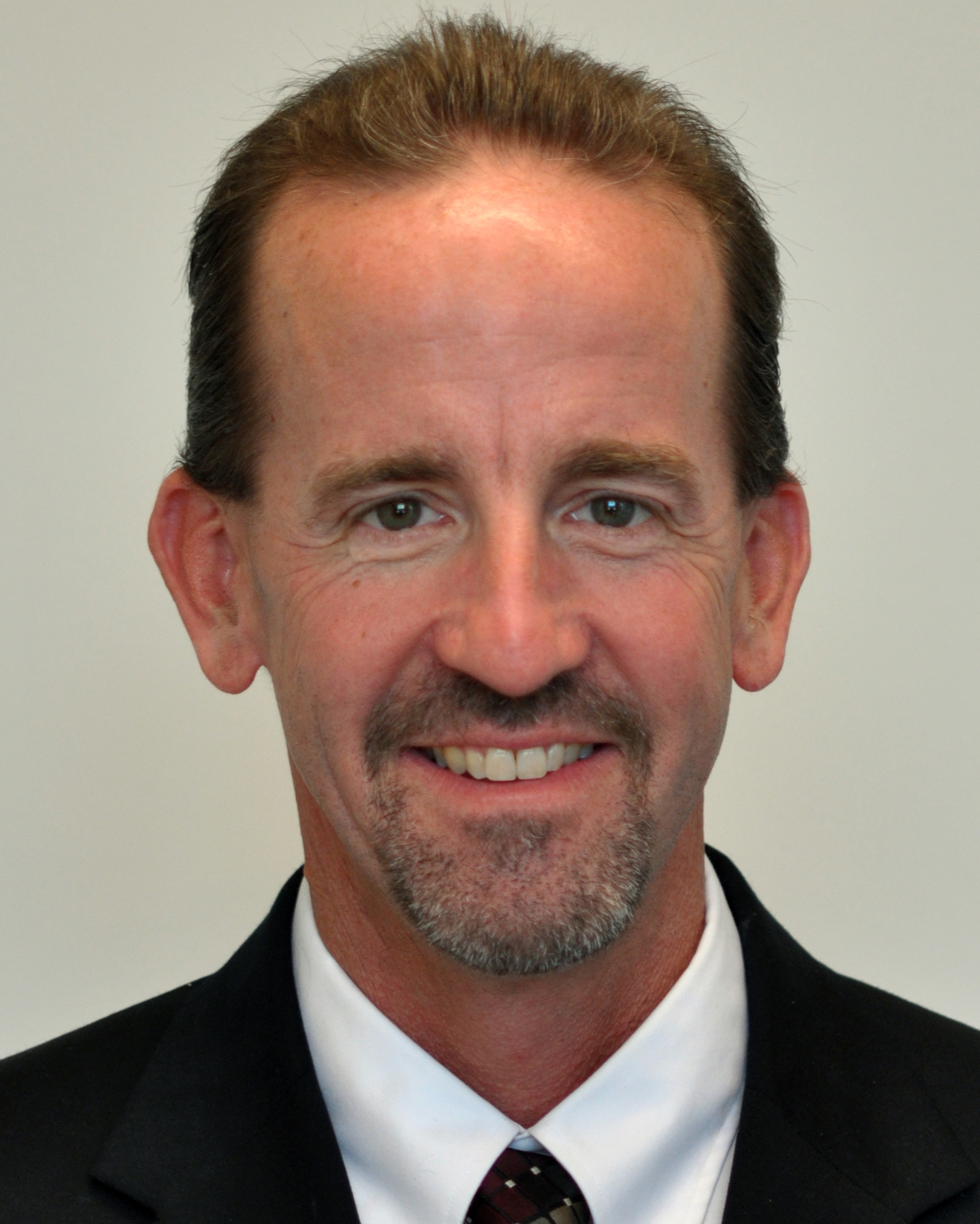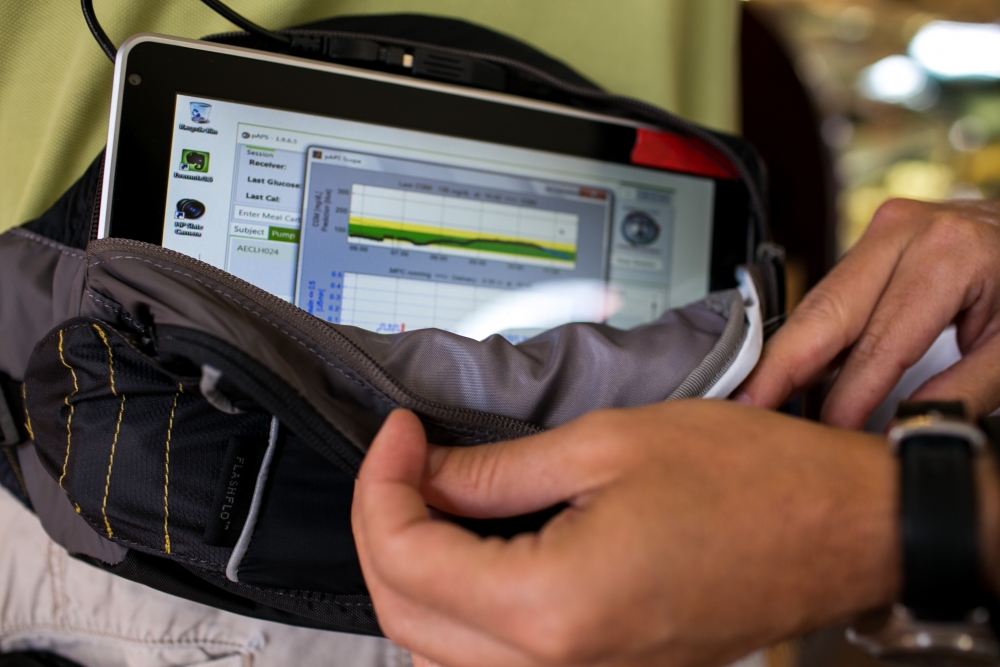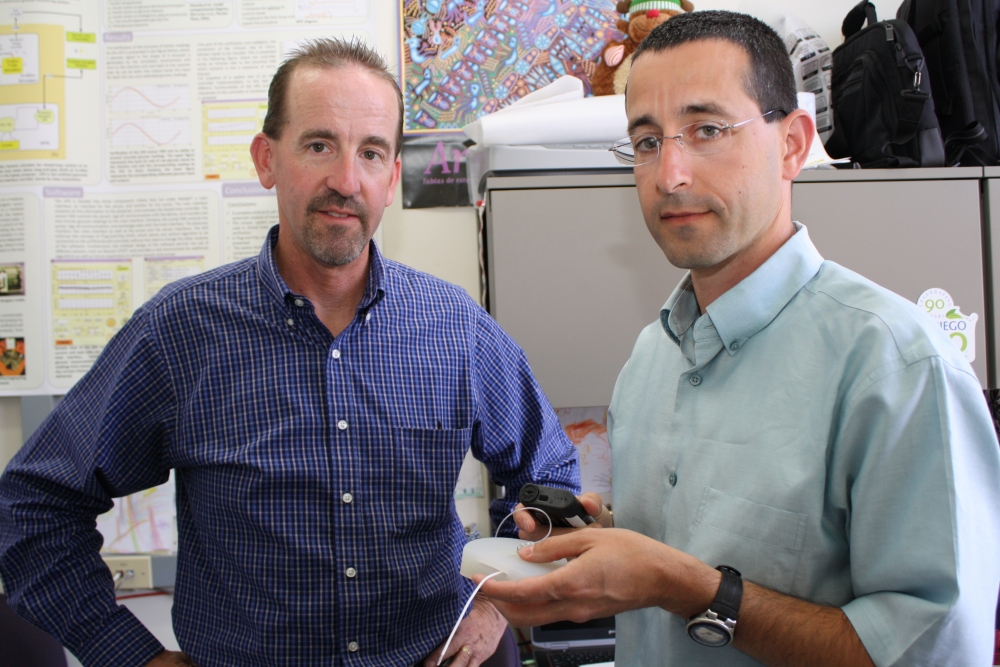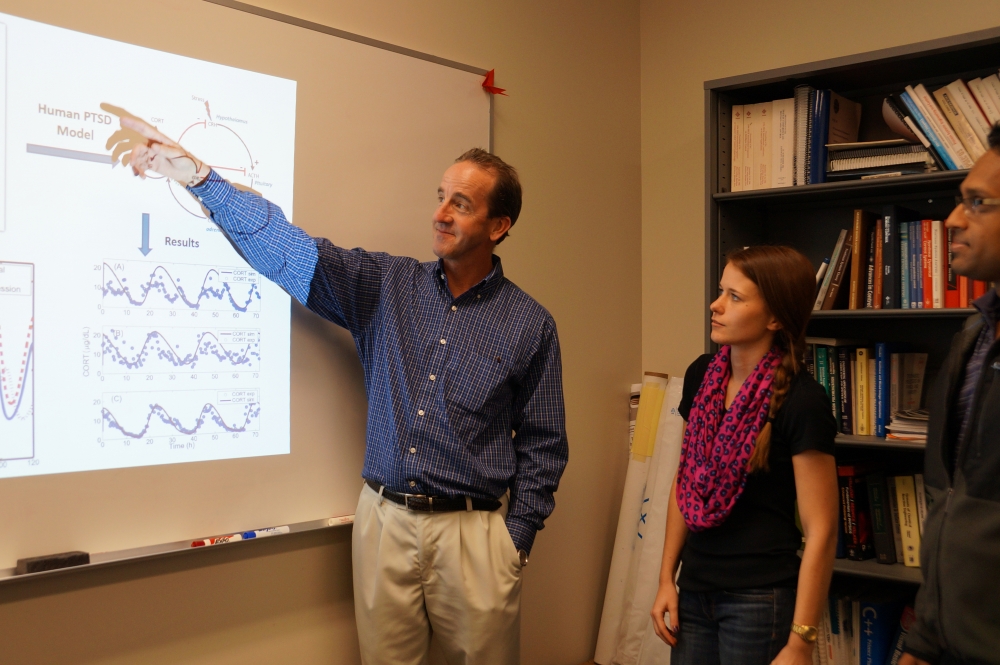Vision Plus Action

Frank Doyle, UC Santa Barbara professor of chemical engineering and of electrical and computer engineering, has been selected to receive the 2015 American Automatic Control Council (AACC) Control Engineering Practice Award for his pioneering work on the artificial pancreas.
Presented annually to an individual or team, the award honors “significant contribution to the advancement of control practice,” with a focus on achievement, usefulness and benefit to society.
“I am deeply flattered by this award, which is across all engineering disciplines, so it is a distinct honor for me as a chemical engineer to receive this recognition,” said Doyle, who holds the Mellichamp Chair in Process Control at UCSB.
Process control is a mathematics-heavy engineering discipline that utilizes a combination of models, algorithms, sensors and feedback to influence the output of a system. The effect of process control is evident in many types of technology, from relatively simple devices such as thermostats that maintain temperatures at desired levels in homes to more sophisticated machines such as self-driving cars that use sensors to measure distance and respond to changing environments.
The Doyle Group’s research and development of an artificial pancreas (AP) represents a significant, potentially life-altering application of process control for people with Type 1 diabetes. The technology involves components that take real-time measurements of blood glucose and deliver measured amounts of insulin in response as a way to prevent the wild and unhealthy swings in blood sugar that characterize diabetes.
Not only have the device and its algorithms been shown to maintain healthy blood sugar despite unplanned meals but they’ve proved to be more effective in maintaining that safe range than the conventional multiple-daily-injection method. The longer and more regularly patients can maintain their blood sugar in a healthy range, the less likely they are to suffer from the immediate — and sometimes life-threatening — effects of uncontrolled blood sugar as well as the other conditions associated with the disease, such as neuropathy, glaucoma and stroke.
“I was initially introduced into this application area by a colleague at Purdue — professor Nicholas Peppas — who stopped by my office one day and described the overall problem, and convinced me that we should collaborate on this topic, because of the unique challenges for control systems design,” said Doyle, who arrived at UCSB in 2002. “We co-authored our first paper on this in 1996 and my group has kept this topic going now for almost 20 years as we get closer and closer to realizing the translation of our research into an actual device after the years of engineering research and more recent clinical testing.”
The AP project has been “deeply collaborative,” said Doyle, who credits his group’s partnership with Santa Barbara-based William Sansum Diabetes Center, and particularly doctors Howard Zisser, Lois Jovanovic and Jordan Pinsker for their clinical work on the AP. Doyle also credits UCSB colleagues Bob Parker, for his laboratory research, and Eyal Dassau, who is currently leading the research charge on a pediatric AP.
“The unique environment at UCSB was crucial for our success with the artificial pancreas, from the interdisciplinary research culture, the strong chemical engineering and control engineering research traditions, and the support of the technology transfer office,” said Doyle. “The seeds for success in both chemical engineering and control systems can be traced back to one of the founding fathers of our department, Duncan Mellichamp, and his pioneering work in real-time process control.”






